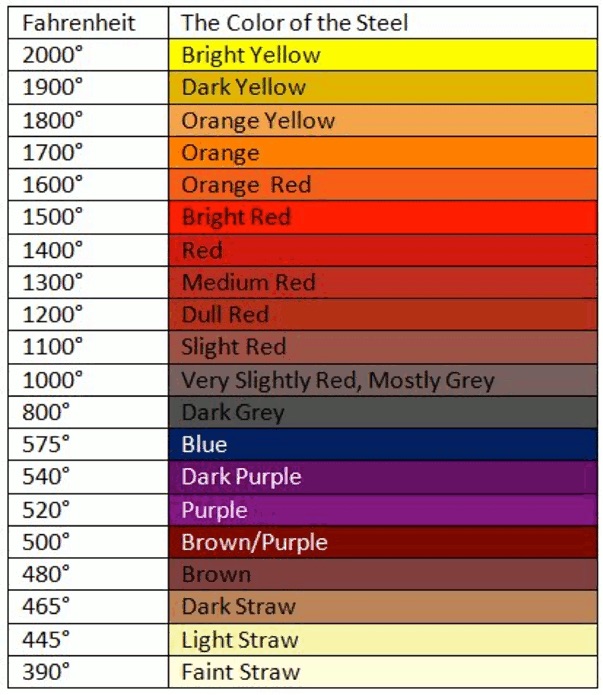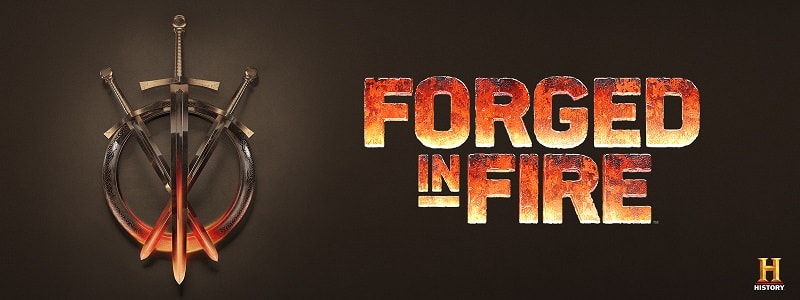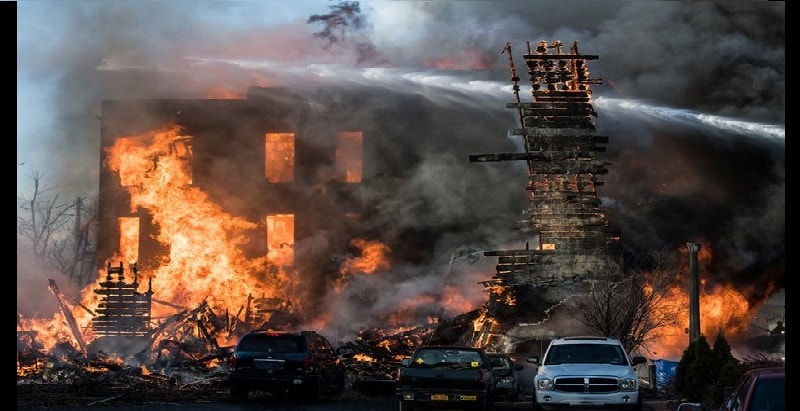- Joined
- Mar 6, 2022
- Messages
- 317
How does one effectively manage a heat treat with just a forge, or just a torch? Either 1/2 brick or torch. When I look up specific steel specs, it will say something like xxxx degrees, soak 5 minutes, quench (in one medium or another). Then temper at xxx degrees for 2 hours. Usually giving different temperatures for different rockwell scores.
The usual tutorial will speak of a magnet and the piece losing its attraction to the magnet. However, does that mean it has reached the austenitizing point that it would after obtaining said temperature and soaking? Or does that mean it has just reached the temperature, and now needs to be soaked for 5 minutes?
Again, my whole real world experience in this was making a cold chisel in HS. We forged that out of octagonal steel so it was not too many blows of the hammer to shape it But, they said stick it in the forge until it is orange to bright red, then pull it out and quench it in the bucket. I swear there was water in it, but that was a long time ago. Then we shined it up with steel wool, and heated the base of the chisel until we saw "straw" color at the edge. Then "congratulations, you made a thing!" I kind of wish I still had that, I'd love to see if it worked as well as I remember.
But, they said stick it in the forge until it is orange to bright red, then pull it out and quench it in the bucket. I swear there was water in it, but that was a long time ago. Then we shined it up with steel wool, and heated the base of the chisel until we saw "straw" color at the edge. Then "congratulations, you made a thing!" I kind of wish I still had that, I'd love to see if it worked as well as I remember.
But no tutorial or video on HT knives makes it look this simple. So I assume there is either something I am missing, or everyone is out there sending Paragon $2K to get started, and Mr Volcano be d@^&ed
The usual tutorial will speak of a magnet and the piece losing its attraction to the magnet. However, does that mean it has reached the austenitizing point that it would after obtaining said temperature and soaking? Or does that mean it has just reached the temperature, and now needs to be soaked for 5 minutes?
Again, my whole real world experience in this was making a cold chisel in HS. We forged that out of octagonal steel so it was not too many blows of the hammer to shape it
But no tutorial or video on HT knives makes it look this simple. So I assume there is either something I am missing, or everyone is out there sending Paragon $2K to get started, and Mr Volcano be d@^&ed






